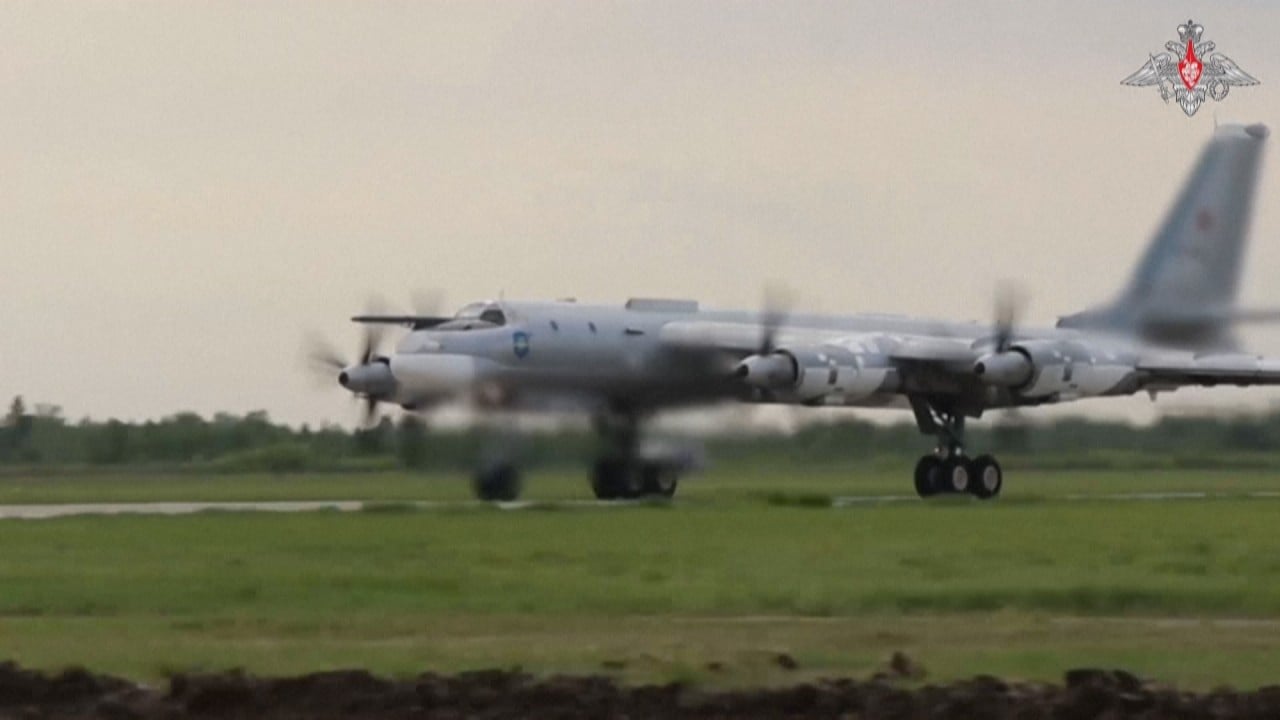
Defence transparency: why China should stop being so secretive about its military strategy and take a leaf out of US’ playbook
- There is growing anxiety in Australia and the West about Beijing’s defence strategy, and a think tank this week said the Asian power could have as many ICBMs as the US and Russia by 2030
- Some experts say China should – like some other nations – ‘aspire to standard where it makes clear what it is about in terms of capabilities, and why it’s developing them’
The Australian defence minister was alluding to the steadily increasing focus on defence – and procurement of weapons – by China in recent years, even though the cost of its military expansion pales in comparison to the world’s top defence spender, the United States.
“What we seek to do is to aspire to a standard where we make clear to the region and the world what we are about in terms of the capabilities that we have and why we’re developing them,” Marles said at the Singapore dialogue.
“I guess that is what we would seek from others.”
Now, defence and international relations experts tell me countries do not share military notes and that makes sense, for common-sense reasons like protecting national security.
But China is not just another country; it is a superpower in the making, and a rival to the other superpower, the US.

Washington has never had to send a “memo” to world leaders on its military strategy or weapons procurement efforts. So perhaps China could look to the US on how it managed its communications about its own military build-up after 1945, including during and after the Cold War.
Today, American military spending exceeds the amount spent in other countries, including China, by a mile, according to leading think tanks like the Stockholm International Peace Research Institute (SIPRI).
This week, SIPRI said the US continued to dominate as the world’s largest military spender at US$877 billion in 2022, whereas China was still a ways off at US$292 billion and rising.

Of course, as a superpower, the US has many global security commitments with other countries, including providing weapons to Ukraine, which partly explains its massive military bill.
It also appears to have communicated more information about its weapons – at least more than China has so far.
In military expenditure reports sent voluntarily to the United Nations, China’s last report in 2021 consisted of a four-line table. The US’s last report in 2015 contained information over two pages.
This is in contrast to China’s playbook, as SIPRI pointed out this week.
“China has started a significant expansion of its nuclear arsenal,’ SIPRI’s Associate Senior Fellow Hans M. Kristensen said.

“It is increasingly difficult to square this trend with China’s declared aim of having only the minimum nuclear forces needed to maintain its national security.”
SIPRI said China’s nuclear arsenal has reached 410 warheads, up from 350 in 2022, and it could have at least as many intercontinental ballistic missiles (ICBMs) as either the US or Russia by 2030.
And SIPRI will not be the only think tank with information that China is expanding its military might more than it is admitting.
On top of that, the US is great at using its soft power to make weapons-manufacturing mainstream and palatable. It puts out films like Top Gun which send background messages that war and weapons are, kind of, cool.
There are fancy names for fighter jets like Spitfire, Hornet and Lightning, while fighter pilots are attractive heroes. Conversely, China’s weakness in deploying such “softer” tactics is well-documented.
As I see it, perhaps what China needs to do – if it wants to continue its ascendence as a superpower – is to finally bite the bullet and formulate a transparency strategy that mirrors such use of soft power marketing.


